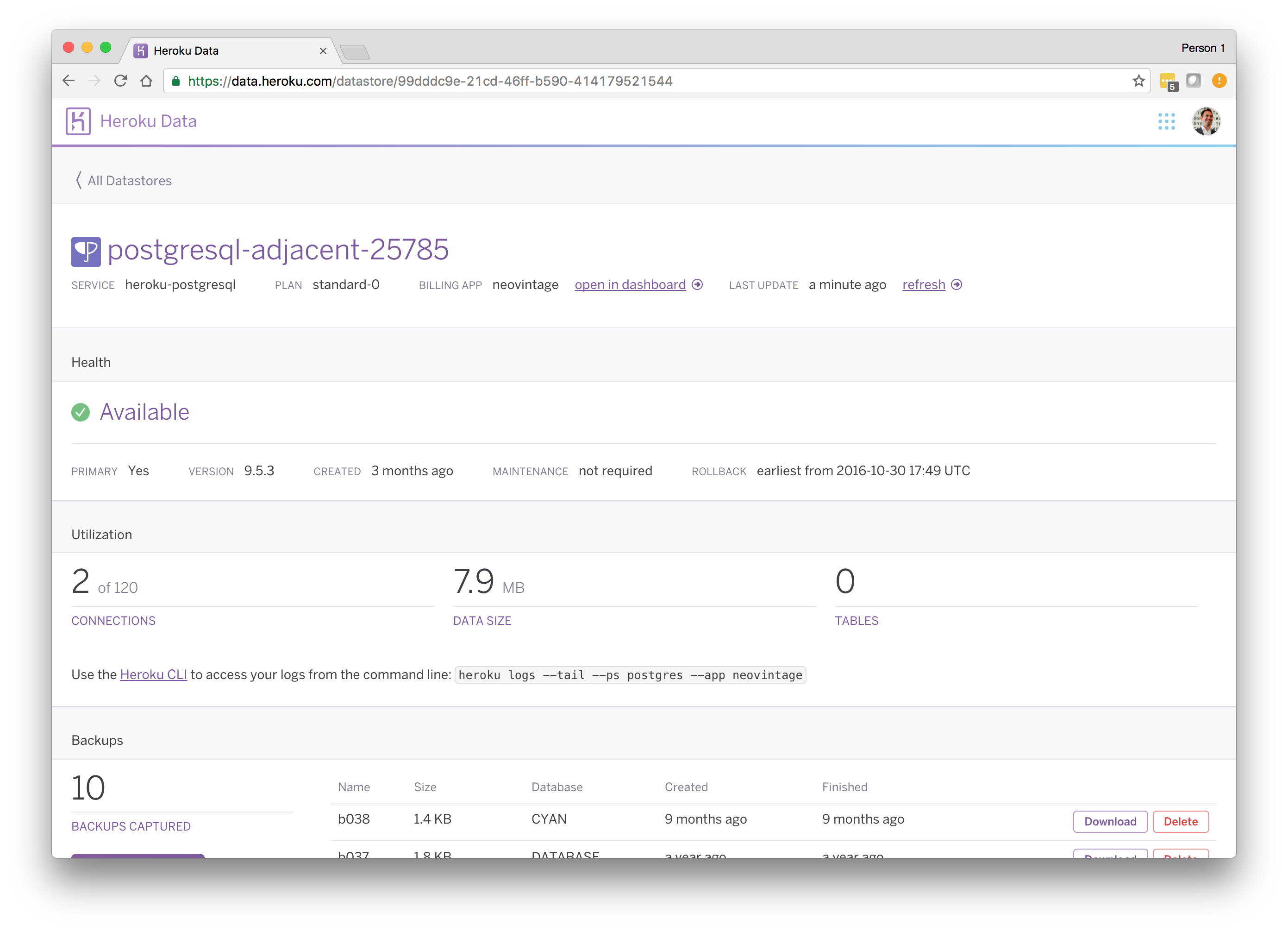
- #Postgres app createdb command driver
- #Postgres app createdb command manual
- #Postgres app createdb command password
Use the Bitnami PostgreSQL Deployment offerings: Bitnami supports multiple types of deployments (including helm) and supports many configuration options for large scale deployments. If you want a more enterprise-ready solution, you could: In the previous example, we only performed a single instance of PostgreSQL for development purposes. Now, we apply the deployment and check that is available and healthy: This is all necessary to ensure that we have the right volume and secrets used for that container. Then, we added details of the container image and the image pull policy. We used the apiVersion: apps/v1 deployment config, which requires us to specify quite a few lines, such as selector and metadata fields. Here, we glued all of the configuration that we defined earlier with the secret config and the persistent volume mounts. We will use the following values for the database password: Once you have everything configured, you need to create the configuration for those secrets.

Note that this provider stores the secrets as base64 strings by default, so you’ll need to enable encryption at rest for better security. This is to ensure that sensitive information (like database credentials) is not stored in plain sight. You need to store some connection configuration for the PostgreSQL instance using the Kubernetes secrets config. Create Your Connection Configuration and Secrets In this post, we will be using the latest postgres:11 image. Or, better yet, you can use the official image from Docker Hub. You can create one on your own using these basic steps. To finish this step, you need a Docker image for PostgreSQL. Kubernetes pulls Docker images from a registry and deploys them based on a configuration file. Simple PostgreSQL Deployment Dockerize PostgreSQL

I’ve created mine using Digital Ocean, but you could use Kind if you are working locally.īefore we start, we will explain the basic steps for deploying a single instance of PostgreSQL on Kubernetes. In order to follow along, you will need to have:Ī Kubernetes cluster. We will explore a simple use case in which a developer wants to have a single PostgreSQL instance for testing, and then we’ll introduce an advanced use case in which there are a few options for deploying a more configurable instance of PostgreSQL. In this blog, we will show you some simple steps for deploying and running a PostgreSQL database on Kubernetes. You will usually want to deploy database applications (like PostgreSQL) as well, so that your applications can leverage their features within the cluster.
#Postgres app createdb command manual
Pg.Kubernetes is an orchestration platform that allows containers to be deployed in an automated and resilient way, abstracting many of the manual steps of rolling upgrades and scaling.
#Postgres app createdb command password
Var conStringPost = 'postgres://' + username + ':' + password + + host + Var conStringPri = 'postgres://' + username + ':' + password + + host + So what I am doing now is to connect to postgres database at the beginning, making a query to create database, cathing the exception if it is already there, then closing my connection and connecting to the newly created database, then creating the tables.

#Postgres app createdb command driver


 0 kommentar(er)
0 kommentar(er)
